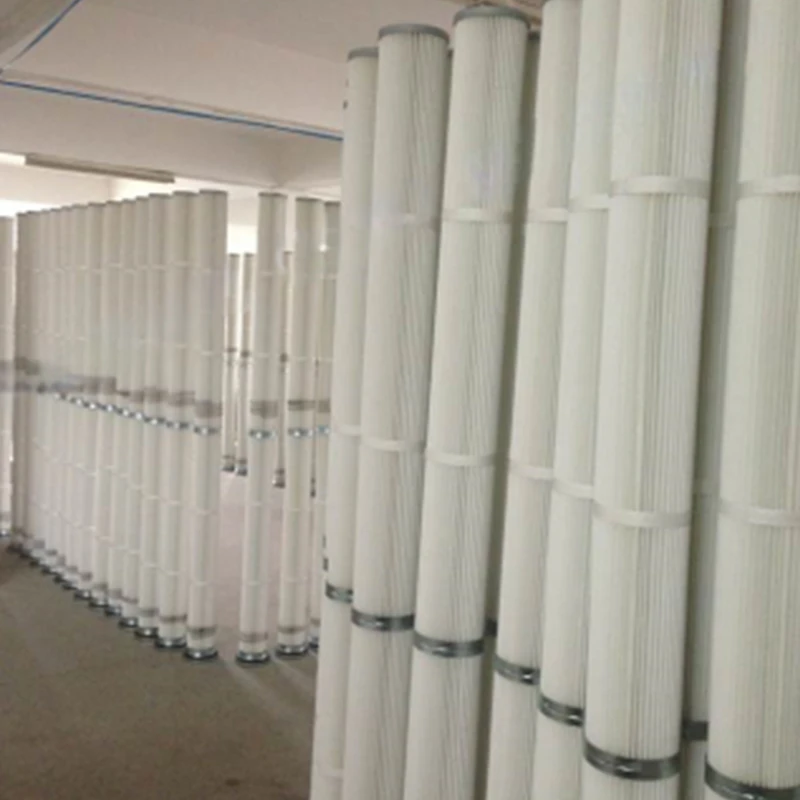 Tel:
+8615930870079
Tel:
+8615930870079
Aug . 06, 2024 05:45 Back to list
The Importance of Antistatic Filter Elements in Maintaining Clean and Safe Work Environments
Understanding Antistatic Filter Elements Importance and Applications
In various industrial settings, the presence of static electricity can pose significant risks. Whether in manufacturing, pharmaceuticals, or electronics, the buildup of static charge can lead to equipment failure, contamination, and even fires. One effective way to mitigate these risks is through the use of antistatic filter elements.
What are Antistatic Filter Elements?
Antistatic filter elements are specialized filtration devices designed to prevent the accumulation of static electricity. These elements are incorporated into different types of filter systems to ensure that the air or fluid being filtered does not contain harmful levels of static charge. This is particularly important in industries where sensitive components or materials are handled, such as semiconductors or chemical processing.
The design of antistatic filter elements typically includes conductive materials, which allow for the dissipation of static charges. These materials can be integrated into the filter media or created as a coating that operates in conjunction with conventional filtration technologies. The primary objective is to provide a safe working environment while maintaining the integrity of the filtration process.
Importance of Antistatic Filter Elements
1. Safety The most critical function of antistatic filter elements is to enhance safety by eliminating the risks associated with static electricity. For example, in environments where flammable materials are processed, static sparks can ignite fires. Antistatic filters help prevent such dangerous situations by ensuring that static charges are neutralized.
2. Equipment Protection Static electricity can damage sensitive electronic components, leading to increased repair costs and downtime. By using antistatic filter elements, companies can protect their machinery and equipment, extending their lifespan and reducing maintenance expenses.
antistatic filter element

3. Quality Control In many industries, maintaining clean environments is crucial for quality control. Antistatic filters prevent dust and particulates, often charged with static, from entering sensitive processes. This ensures product quality and consistency, especially in fields like pharmaceuticals, where contamination can render a product unsafe.
4. Operational Efficiency The integration of antistatic filter elements can enhance overall operational efficiency. By preventing static buildup, companies can maintain optimal processing conditions, reduce the incidence of unexpected equipment malfunctions, and improve workflow.
Applications of Antistatic Filter Elements
Antistatic filter elements find applications across various sectors. In the semiconductor industry, where even minute static discharges can cause significant damage, antistatic filters are essential to maintain cleanroom environments. Similarly, in the pharmaceutical sector, these filters help preserve the sterility of products by controlling particulate contamination.
Moreover, in industries dealing with powders, such as food processing or plastics, antistatic filters help prevent dust explosions—a serious hazard associated with the buildup of static charges. In the automotive industry, they are used in spray booths to prevent static electricity from interfering with painting processes.
Conclusion
The use of antistatic filter elements is a vital measure in modern industrial applications. Their capabilities in mitigating static charge risks not only enhance safety but also protect equipment and ensure high-quality products. The ongoing advancements in materials and technologies further promise even more effective solutions for managing static electricity in various environments. As industries continue to evolve, the role of antistatic filter elements will likely become increasingly important in our pursuit of safer and more efficient processes.
-
Types and Applications of Air Filtration CartridgesNewsJul.28,2025
-
The Role of Gas Turbine FiltersNewsJul.28,2025
-
Mastering Air Filter Cartridge UseNewsJul.28,2025
-
Advanced Turbine Filters for Modern Gas TurbinesNewsJul.28,2025
-
Cellulose Air Filter Cartridge Advantages in Dust FiltrationNewsJul.28,2025
-
Cellulose Filters for Air Particle ReductionNewsJul.28,2025

 Email:
Email:





